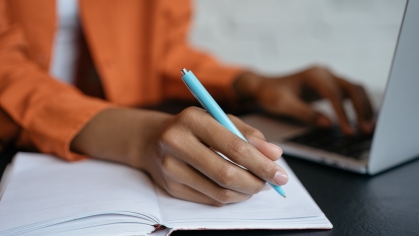How To Do a Close Reading
An integral part of writing an essay or being an active reader involves a close reading of the text. While this term is thrown around, the actual meaning of a “close reading” may be hard to understand at first. This entails an intricate observation of a work, be it a written work, a movie, a painting, or so on. You may be focused on just a part of the work, like a specific stanza in a poem, or the entirety of it. Here are a few steps to help you on your next close reading.
Annotate the Text
Highlighting quotations and important passages is a useful technique; when you are looking for a reference for your paper, you can look back and see what you took note of. You can also underline and star pages and quotations. Write down any questions you may think of while reading regarding important arguments or anything that strikes you as surprising or significant. When writing a paper or brushing up on the reading, it will be useful to see what you wrote and where you could go from there.
Read Consciously
If you are reading on a specific topic or to answer a question, be conscious of it through your reading and look for details that support or complicate those ideas. If you have multiple readings, you may look for similarities or contradictions between them, or even repetitions. Think actively to see what one work is doing, that another may not be. By strategically thinking of the works in conversation with one another, you are starting a strong analysis of the texts.
Going Further
A helpful tip is to summarize each reading in a sentence or so after you are done reading. This will improve your comprehension skills, and also give you a quick resource if you need to remind yourself of the reading’s topic. Beyond just a summary, though, ask questions about the reading. Think of what could be done going further, either by the author or with the topic in general.


